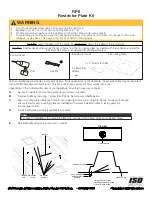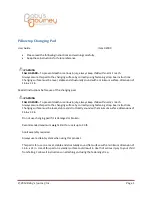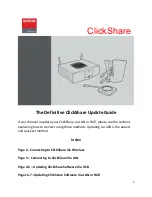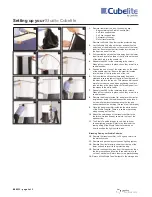
Initiating and exiting Sleep
The system is set at the factory to initiate Sleep after a specific period of inactivity, depending on
whether the computer is running on battery power or on external power.
Power settings and timeouts can be changed using Power Options in Windows Control Panel.
With the computer on, you can initiate Sleep in any of the following ways:
●
Briefly press the power button.
●
Close the display.
●
Select
Start
, click the arrow next to the Shut down button, and then click
Sleep
.
To exit Sleep:
●
Briefly press the power button.
●
If the display is closed, open the display.
●
Press a key on the keyboard.
●
Tap or swipe the TouchPad.
When the computer exits Sleep, the power lights turn on and the computer displays the screen as it
was when you stopped working.
NOTE:
If you have set the computer to require a password on wakeup, you must enter your
Windows password before the computer redisplays your work.
Initiating and exiting Hibernation
The system is set at the factory to initiate Hibernation after a specific period of inactivity, depending
on whether the computer is running on battery power or on external power, or when the battery
reaches a critical battery level.
Power settings and timeouts can be changed in Windows Control Panel.
To initiate Hibernation, select
Start
, click the arrow next to the Shut down button, and then click
Hibernate
.
To exit Hibernation, briefly press the power button.
The power lights turn on and the computer returns to the screen where you stopped working.
NOTE:
If you have set a password to be required on wakeup, you must enter your Windows
password before the computer will return to the screen.
Setting password protection on wakeup
To set the computer to prompt for a password when exiting Sleep or Hibernation, follow these steps:
1.
Select
Start
>
Control Panel
>
System and Security
>
Power Options
.
2.
In the left pane, click
Require a password on wakeup
.
3.
Click
Change Settings that are currently unavailable
.
42
Chapter 6 Managing power
Summary of Contents for Pavilion dm1-4200
Page 1: ...User Guide ...
Page 4: ...iv Safety warning notice ...
Page 10: ...x ...
















































